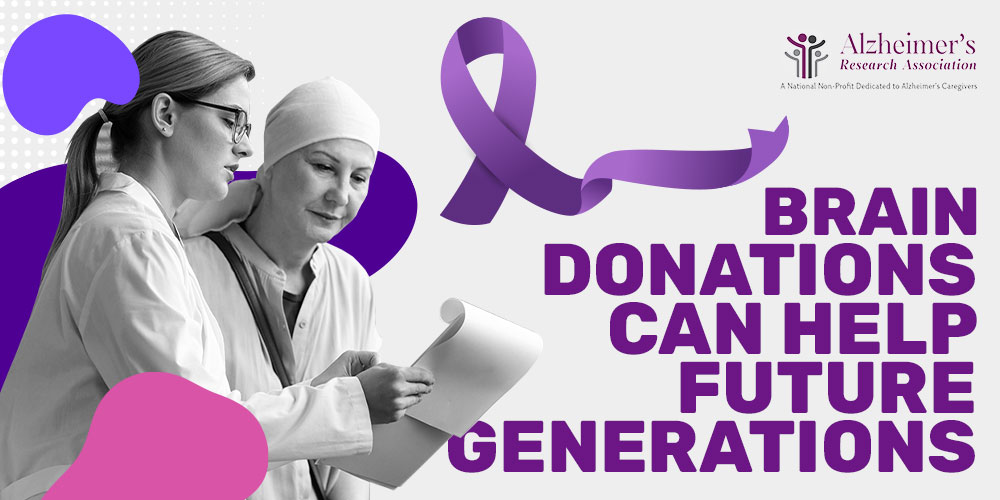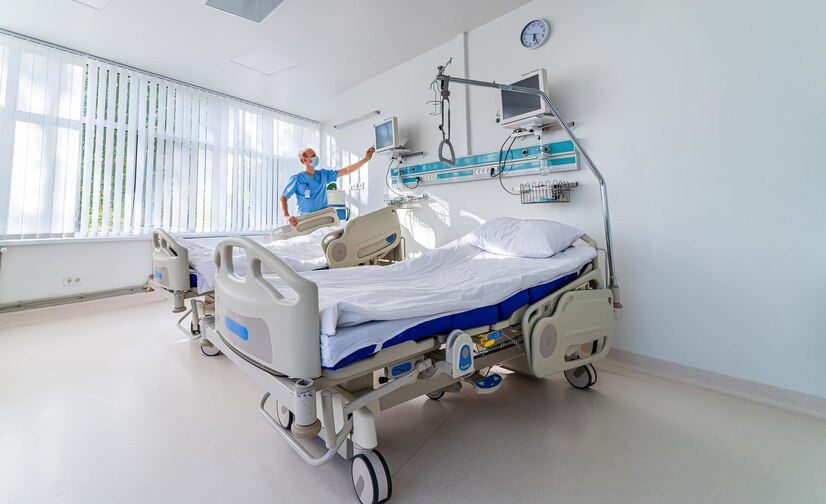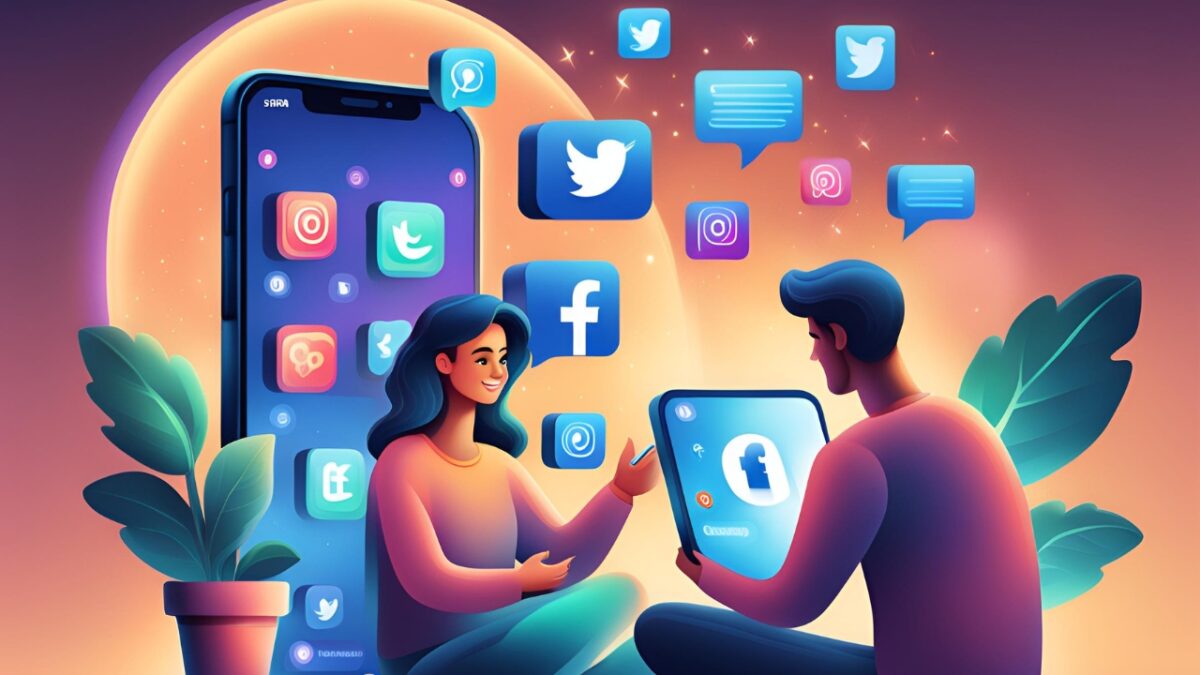Brain Donations can Help Future Generations!

Brain donation enables scientists to investigate brain disorders such as Alzheimer’s disease and related dementias, which afflict millions of individuals. Discover why people donate their brains, how the process works, and how you may sign up for this generous donation.
Researchers can learn more about the effects of different types of dementia on the brain and potential treatment and prevention strategies by examining the brains of deceased individuals – both those who had a brain disorder and those who were healthy throughout life. Brain donation allows researchers to better understand these illnesses, potentially leading to more effective treatments for future generations.
While many people believe that signing up to be an organ donor entails donating their brain, the purpose and procedure for brain donation are different. Brain donation promotes scientific research rather than prolonging the lives of others, as is the case with kidney donation.
A single given brain can have a massive impact, potentially supplying data for hundreds of studies. However, to assist researchers in better understanding the causes of disease and provide more widely applicable cures, a large number of brains from a variety of ages and demographics are required.
Why Donate Your Brain?
People decide to donate their brains after death for a variety of reasons. Some people are motivated primarily by the desire to assist scientists in developing new disease treatments and preventative strategies. Others want to make a positive difference in their community and the next generations. Family members may wish to have an autopsy performed to determine whether Alzheimer’s or another factor contributed to the dementia in their loved one who has passed away.
Some lab and imaging tests are currently available to assist a clinician or researcher in identifying biological symptoms of the disease in a living individual. However, they can identify symptoms of Alzheimer’s, such as amyloid plaques and tau tangles, and other brain illnesses by analyzing the brain after death under a microscope. When giving as part of a study in which a person actively engaged while alive or when donating to the NIH NeuroBioBank, the family incurs no costs for the donation process or the autopsy report.
Regardless of the motivation, brain donation is a kind act that benefits everyone. Researchers utilize donated brain tissue to investigate disorders that impact millions of people. Besides brain injuries like trauma and stroke, these diseases include Parkinson’s, Alzheimer’s, Lewy body dementia, frontotemporal disorders, mixed dementia, and Huntington’s disease.
Researchers gain the most insight from the brains of persons who have participated in experiments while still living. In addition to gathering data on biological and environmental factors, this information enables them to monitor changes over time in memory, thought, language, and behavior. Researchers can learn more about the correlations between donor brain tissue changes, blood tests, brain scans, and cognitive test outcomes the more information they have about the brain donor. All this data allows them to better understand disease causes, progression, and treatment possibilities. In the end, this understanding will assist researchers in more effectively selecting and evaluating therapies during clinical trials.
Who is Eligible to Donate Their Brain?
Anyone over the age of 18 may opt to donate their brain after death. For those under the age of 18, a legal guardian must give their approval. It includes both those with and without neurological disorders. Donations from individuals who do not exhibit signs of brain disease offer crucial insights into the brain’s normal aging process and specific brain systems that may serve as disease prevention. In other words, healthy brains give researchers vital benchmarks against which to compare their understanding of the malfunctions that occur in diseased brains.
Additionally, scientists require the brains of a broader group of individuals, including those of different ethnic and racial backgrounds, genders, places of residence, and sexual orientations.
Potential donors should know that brain banks may be unable to accept all brain donations. Prioritizing which brains will be most beneficial to scientific advancement is necessary because of the resources required to safely remove, evaluate, preserve, and distribute this priceless tissue. For researchers looking into Alzheimer’s and associated dementias, the following are of utmost importance:
- People who are mentally healthy, regardless of age
- Asian, Black/African American, Hispanic/Latino, Native American, and Pacific Islander people, including dementia patients as well as healthy donors
- Individuals diagnosed with non-Alzheimer’s dementias, such as Lewy body dementia and frontotemporal diseases
- Alzheimer’s patients who develop the disease early
- Those with Down syndrome, who are at higher risk of Alzheimer’s
- Individuals with a dementia diagnosis who have a family history of the disease
- Individuals taking part in clinical trials and further studies concerning dementias related to Alzheimer’s
Involving varied populations in research and clinical trials can assist researchers in understanding how dementia affects particular groups and why certain diseases disproportionately affect certain communities.
How to Become a Brain Donor?
While decisions involving life and death are never easy ones to make, now is the ideal moment to consider brain donation. Speak with your loved ones as soon as possible if you are considering donating your brain. It could prevent tension and misunderstandings at the moment of donation. You may find it helpful to consult with members of your community, spiritual leaders, and family while determining whether donation is right for you.
If you opt to donate your brain, join a study as soon as possible to maximize the value for researchers and future generations. Study participants can donate their brains to Alzheimer’s Disease Research Centers funded by the National Institute on Aging (NIA). Find out if you qualify for the program by contacting the nearest center.
Preregistering with the Brain Donor Project, an NIH NeuroBioBank partner, is another way of becoming a brain donor. The NeuroBioBank manages researcher requests and delivers brain tissue to those trying to advance the study of brain disorders. Since brain recovery must be performed within 24 hours of the time of death, preregistration is highly advisable. Completing the process on time may become difficult if the necessary consent and release forms are not processed beforehand.
What Happens to the Brain During and Following Donation?
The brain donation center will arrange and pay for the transfer of the body to a designated facility—such as a hospital, mortuary, or funeral home—so that the brain removal can occur. A doctor will gently remove the brain from the back of the skull in a method that does not alter the person’s appearance. After that, the donor’s body is given back to the family so they can plan a funeral.
After removal, the brain is transported to a brain bank. To identify if the donor had dementia or another brain condition, an expert at the brain bank will conduct an autopsy. Autopsies can assist and guide future studies and are essential to understanding. How diseases affect the anatomy and function of the brain. A summary of these results will be sent to the family upon request, usually in a timeframe of three to nine months. Family members might typically find some conclusive answers in the report.
The data for a person who died without a cognitive problem are also summarized. And there may be illness signs in the brain that did not cause symptoms during life. Researchers are particularly interested in these people to understand. Why some people did not get the condition even though they had usual illness indicators.
The brain is then properly preserved at a brain bank, where qualified researchers will receive tissue samples. Researchers must follow the high criteria set by funding bodies such as the. National Institutes of Health (NIH) and their own institutions. Additionally, they need permission to use these priceless tissue samples for their research. Information given to researchers does not contain donor names or other identifiers, and all transmitted samples are tagged to preserve the privacy and anonymity of the donor and their families.
Conclusion
Alzheimer’s Research Association is a non-profit organization dedicated to helping caregivers of Alzheimer’s disease and dementia. We provide the latest information and news about the illness and helpful tips to help caregivers cope with their daily caregiving challenges. We realize the most important thing that a caregiver needs is financial assistance. Therefore, we provide grants to caregivers to ease their financial burden. Caregivers can apply for grants here: https://www.alzra.org/grant-applications/.
You can also help caregivers in their endeavor by donating as much as possible: https://www.alzra.org/donate-now/.









